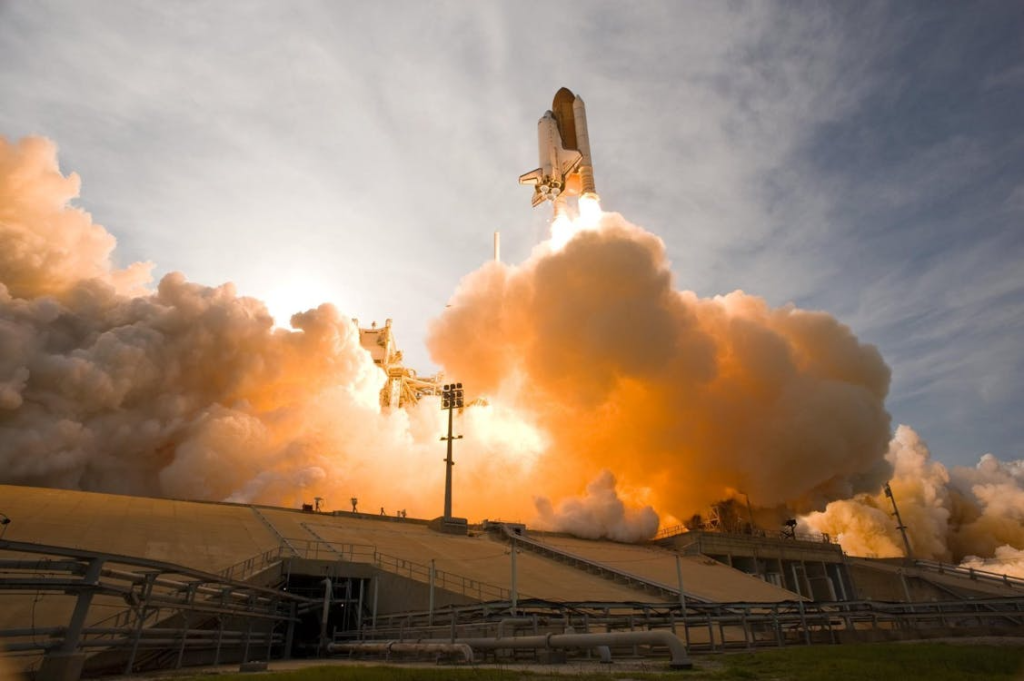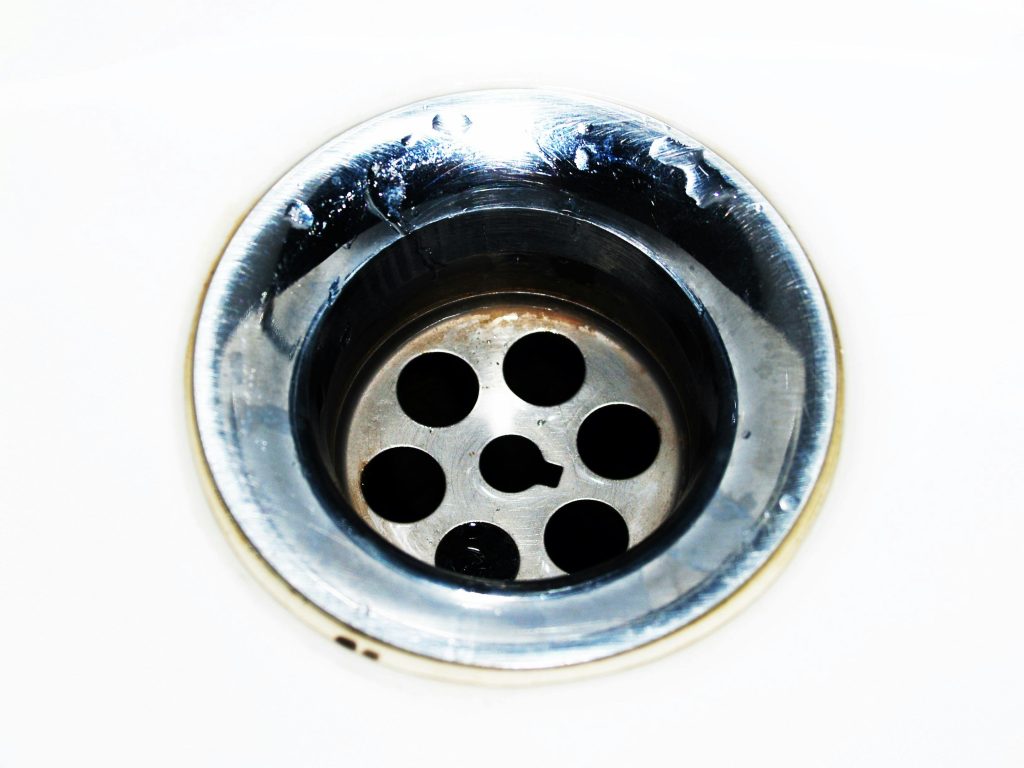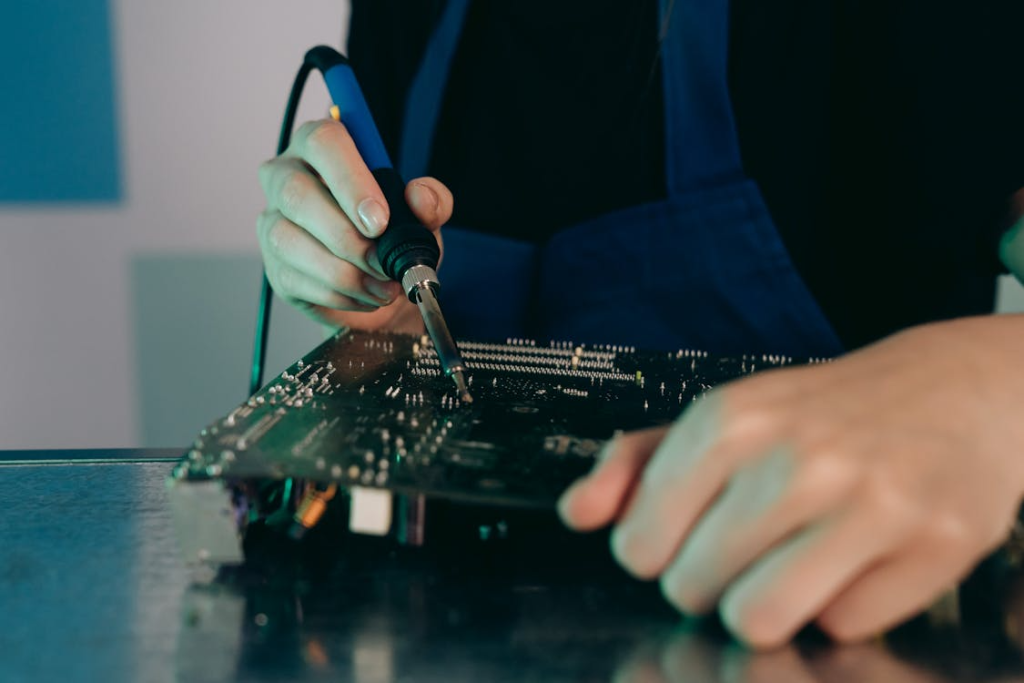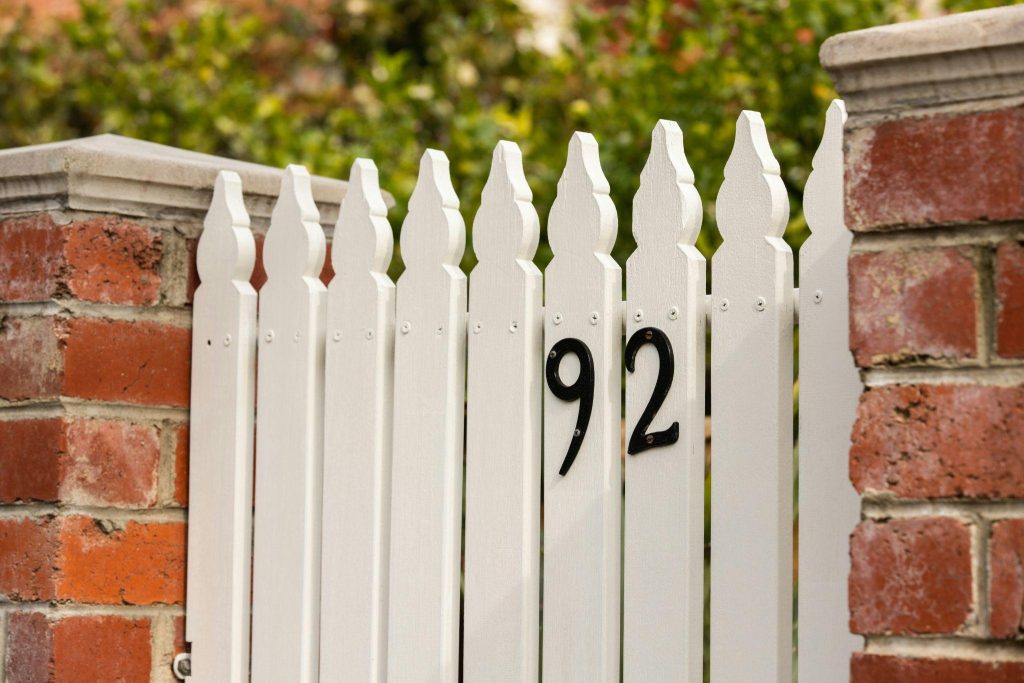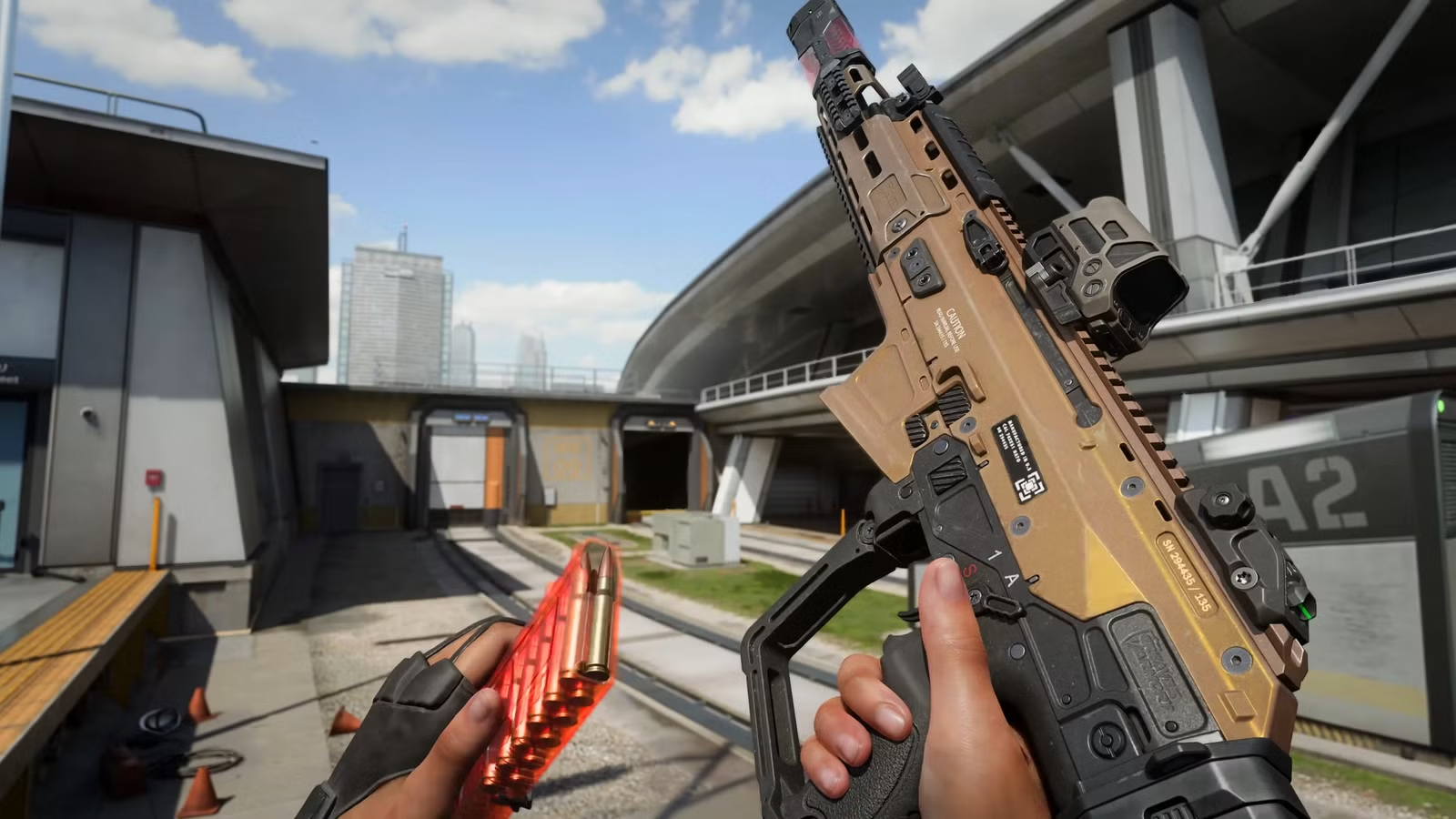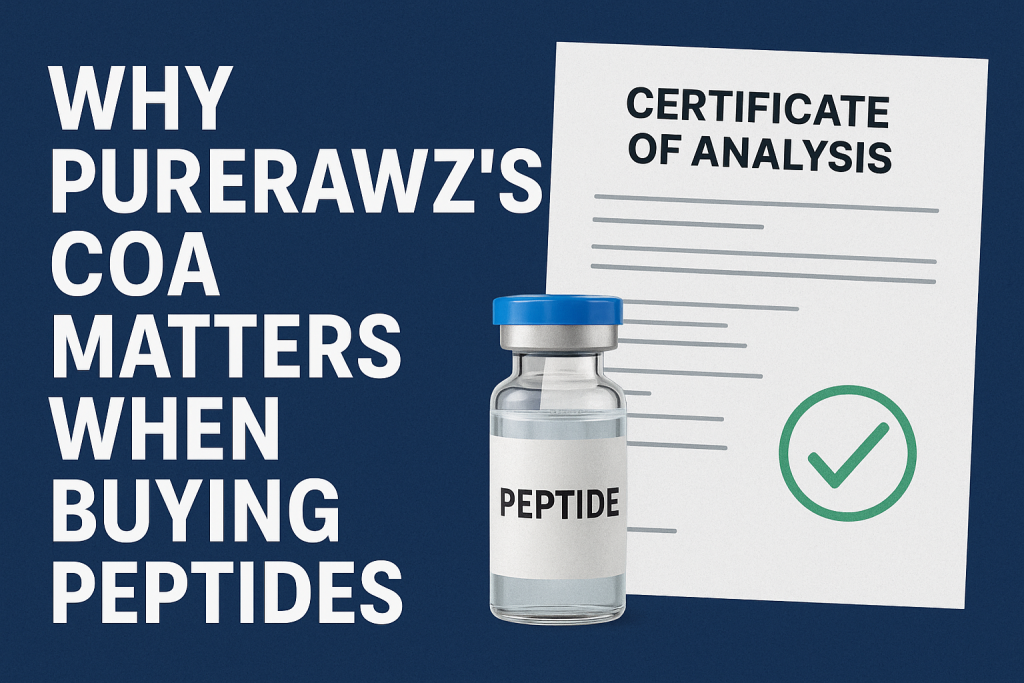Did you know that newborns feed every 2 to 3 hours, which adds up to 8–12 times a day? That’s a lot of bottle time—and a lot of chances for toxins to sneak in if you’re not using the right bottle. For new parents, safety, comfort, and ease of use are at the top of the list when choosing feeding gear.
One major concern is BPA, a chemical once commonly found in plastics that’s been linked to potential health risks in infants. Thankfully, today’s market offers safer, BPA-free options that meet high safety standards. If you’re overwhelmed by choices and wondering where to begin, find the best baby bottles for newborns here—this guide explores top picks, safety tips, and what to look for.
Why BPA-Free Matters More Than Ever?
Bisphenol A (BPA) is a chemical used in making plastic durable, but it’s also been associated with hormonal disruptions, especially in developing babies. Studies have linked BPA exposure to potential health risks, particularly affecting infant growth and development. Even though the FDA has banned BPA in baby bottles and sippy cups, it’s still important to double-check product labels and packaging.
Choosing a BPA-free bottle gives parents peace of mind and helps protect their baby’s health from unnecessary exposure to harmful chemicals. To find the best baby bottles for newborns here, focus on those clearly marked “BPA-free.” These are often made from safer materials like polypropylene, silicone, or glass.
Top Designs That Keep Feeding Hassle-Free
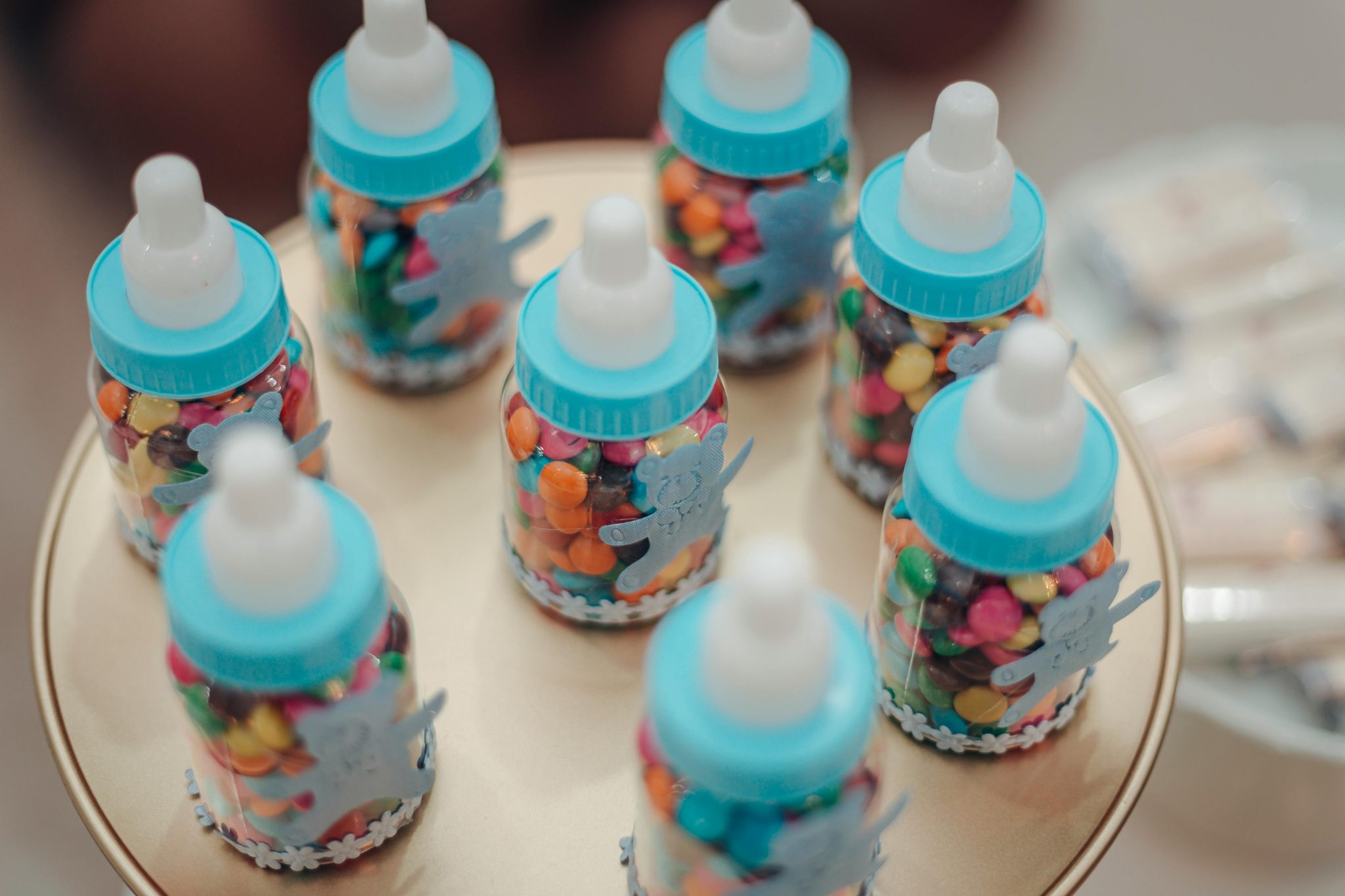
Safety is key, but convenience matters too. The best baby bottles come with features like anti-colic vents, wide necks for easy cleaning, and ergonomic shapes that make feeding comfortable for both baby and parent. These thoughtful designs make feeding smoother for babies and stress-free for parents.
Look for designs with:
- Vented nipples to reduce gas and fussiness.
- Wide openings that allow thorough cleaning.
- Bottles with clear measurement markings for easy tracking.
How to Read Baby Bottle Labels Like a Pro?
Don’t let fancy branding fool you—what matters is what’s in (and on) the label. Look for clear indicators like “BPA-free,” age suitability, and material type. These details help ensure you’re choosing a bottle that’s both safe and appropriate for your newborn.
Always check for:
- BPA-free certification
- Age recommendations
- Compatibility with other nipples or breast pumps
- Expiration or replacement timelines.
When to Switch Bottle Types
As your little one develops, their feeding habits and needs begin to change. What works for a newborn might not be ideal at three or six months. Common signs it’s time to switch include nipple collapse, increased fussiness, or difficulty feeding.
Look for signs like:
- Baby struggles to feed or shows signs of frustration
- Nipple collapse or leakage
- Increased colic symptoms
Trusted Picks for Peace of Mind
Some of the trusted water bottle types by parents are:
- Wide-neck BPA-free bottles: Ideal for easy cleaning and latching.
- Anti-colic bottles: Great for babies who are gassy or prone to spit-up.
- Glass bottles with silicone sleeves: Safe, durable, and protective against breakage.
Dr. Talbot’s baby bottles are designed with soft silicone nipples and anti-colic vents and are 100% BPA-free. Their thoughtful design supports smooth feeding experiences for both babies and parents. They’ve become a go-to for many new parents who value quality and baby comfort.
Quick Care Tips to Keep Bottles Safe
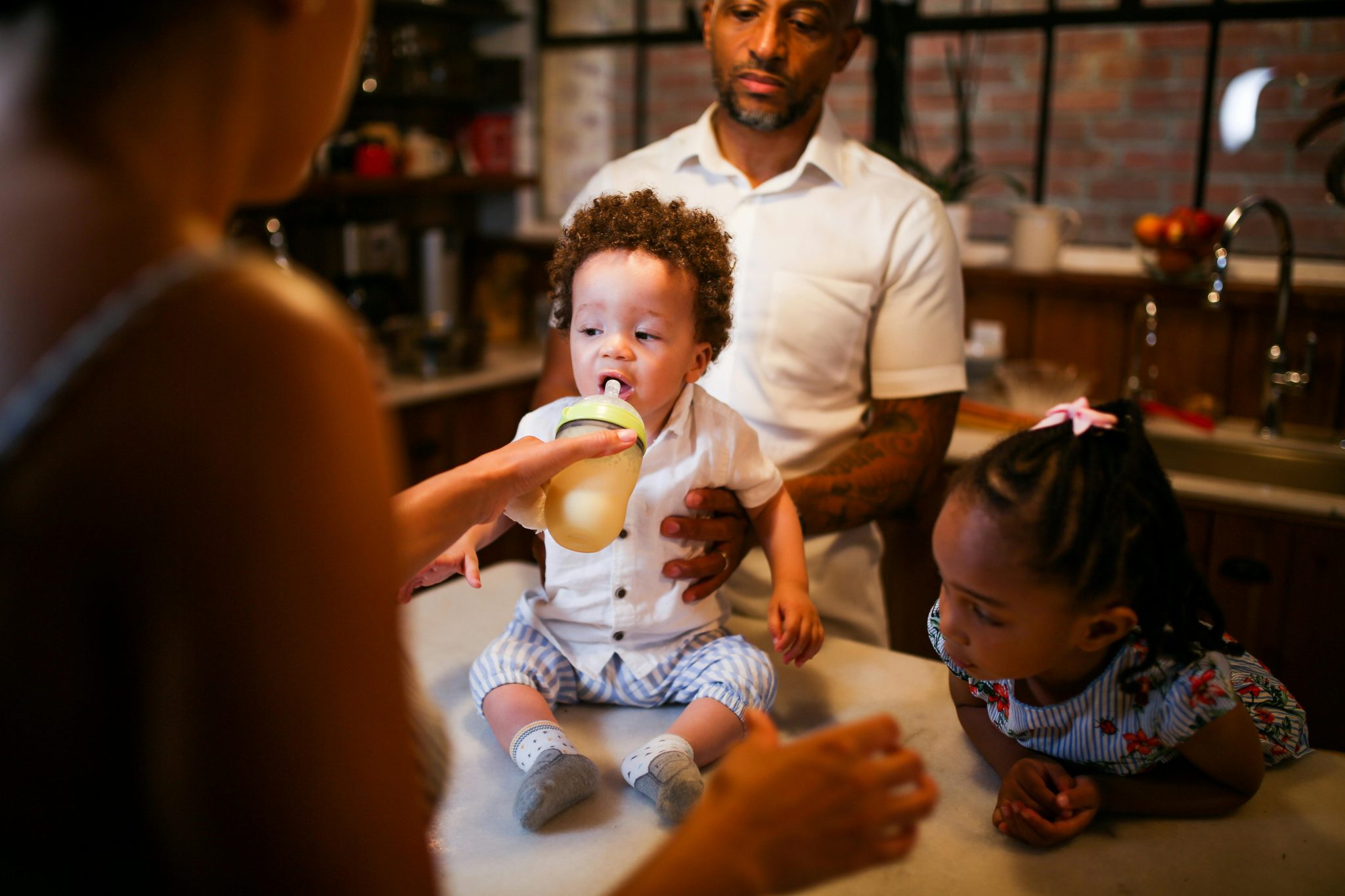
It’s not just about buying the right bottle—it’s about caring for it properly. Also, avoid using abrasive brushes or harsh detergents that could degrade bottle material. The CDC recommends using dedicated bottle brushes and allowing bottles to air dry completely before reuse.
To ensure your bottles stay clean and safe:
- Wash thoroughly with hot, soapy water after every use.
- Sterilize bottles weekly, especially in the early months.
- Swap out bottle nipples every 2 to 3 months or earlier if you notice any signs of wear or damage.
How to Choose the Right Bottle Based on Baby’s Needs?
- For breastfed babies: Use bottles with slow-flow nipples and a natural shape to mimic breastfeeding.
- For gassy babies: Opt for bottles with built-in vents or valves to reduce swallowed air.
- For preemies: Choose smaller bottles with soft, slow-flow nipples that support easy feeding.
If your baby refuses a bottle, don’t panic—sometimes it’s just a matter of trying a different shape or nipple type. Babies can be picky, and what works for one might not work for another. Stay patient and try a few variations until you find one that your baby accepts.
Choosing safe, BPA-free bottles isn’t just a product decision—it’s a step toward better baby health and easier feeding routines. When you’re trying to find the best baby bottles for newborns here, think about safety, comfort, and your baby’s unique preferences. Glass, silicone, or BPA-free plastic—each has its own perks. Now that you know what to look for, feeding time can be a little less stressful and a lot more joyful.


